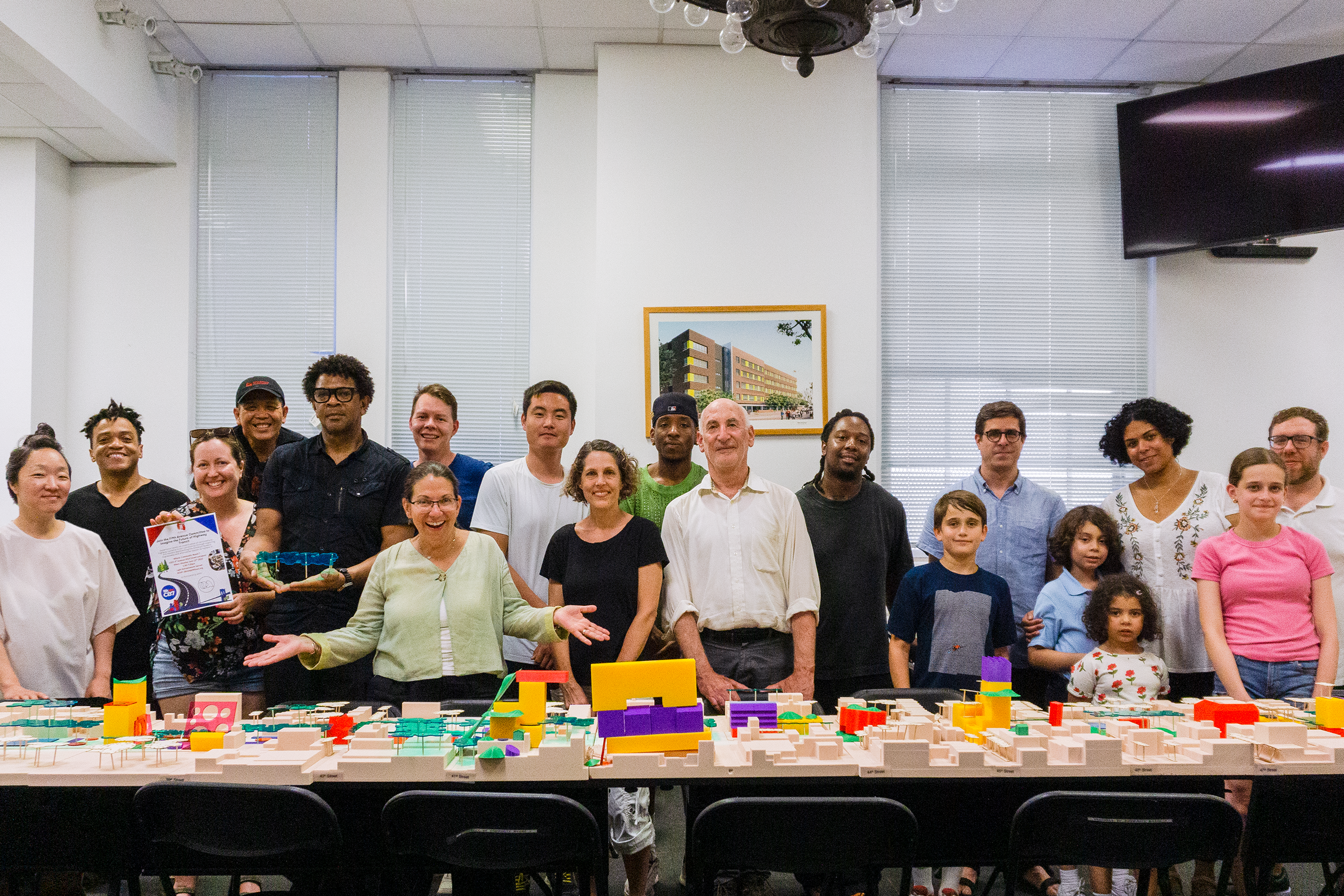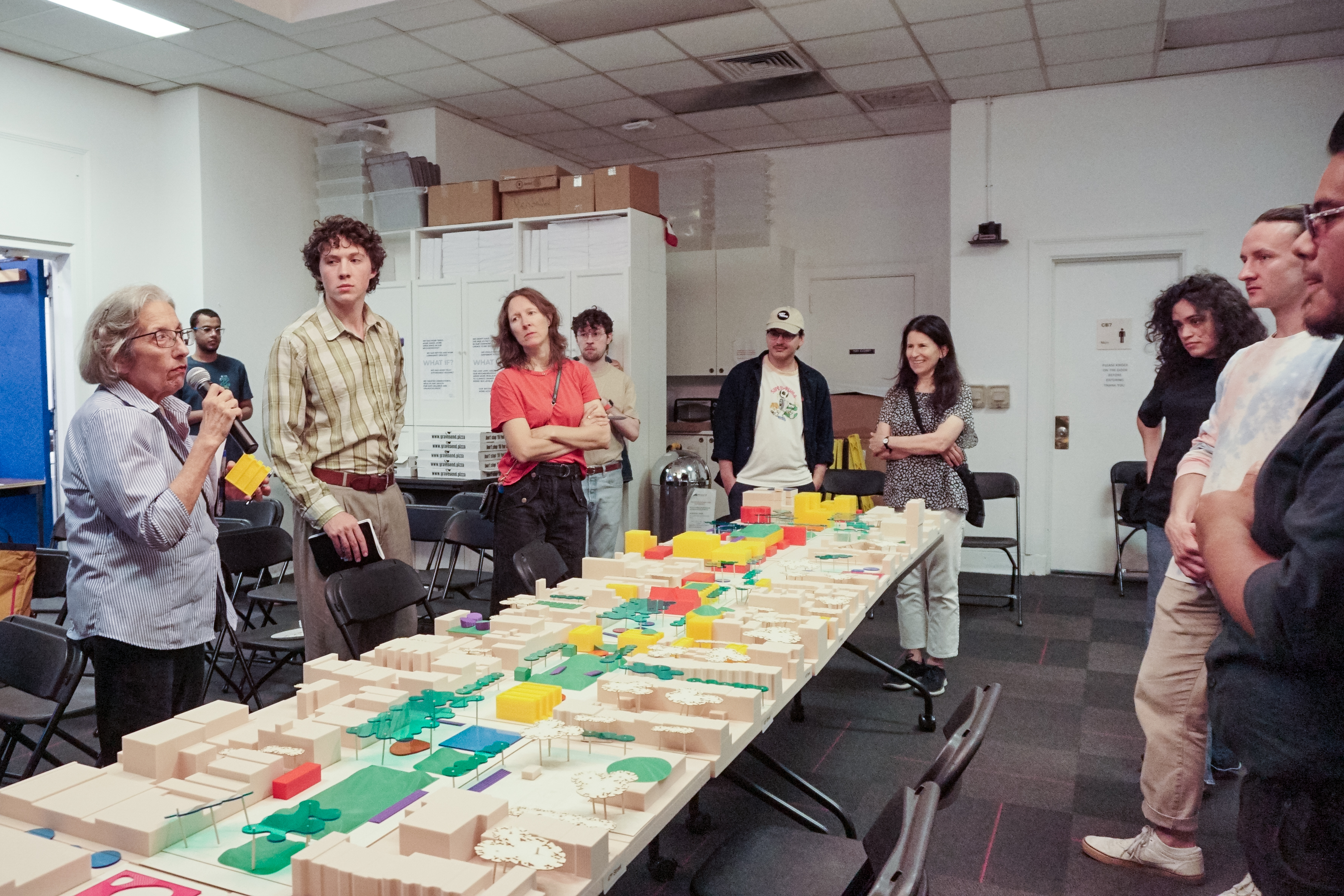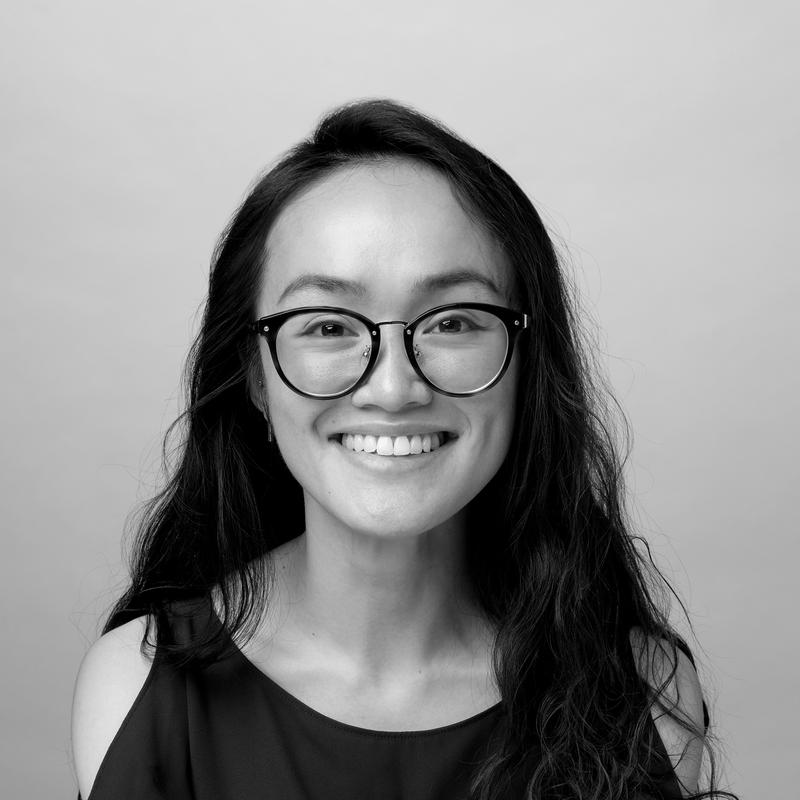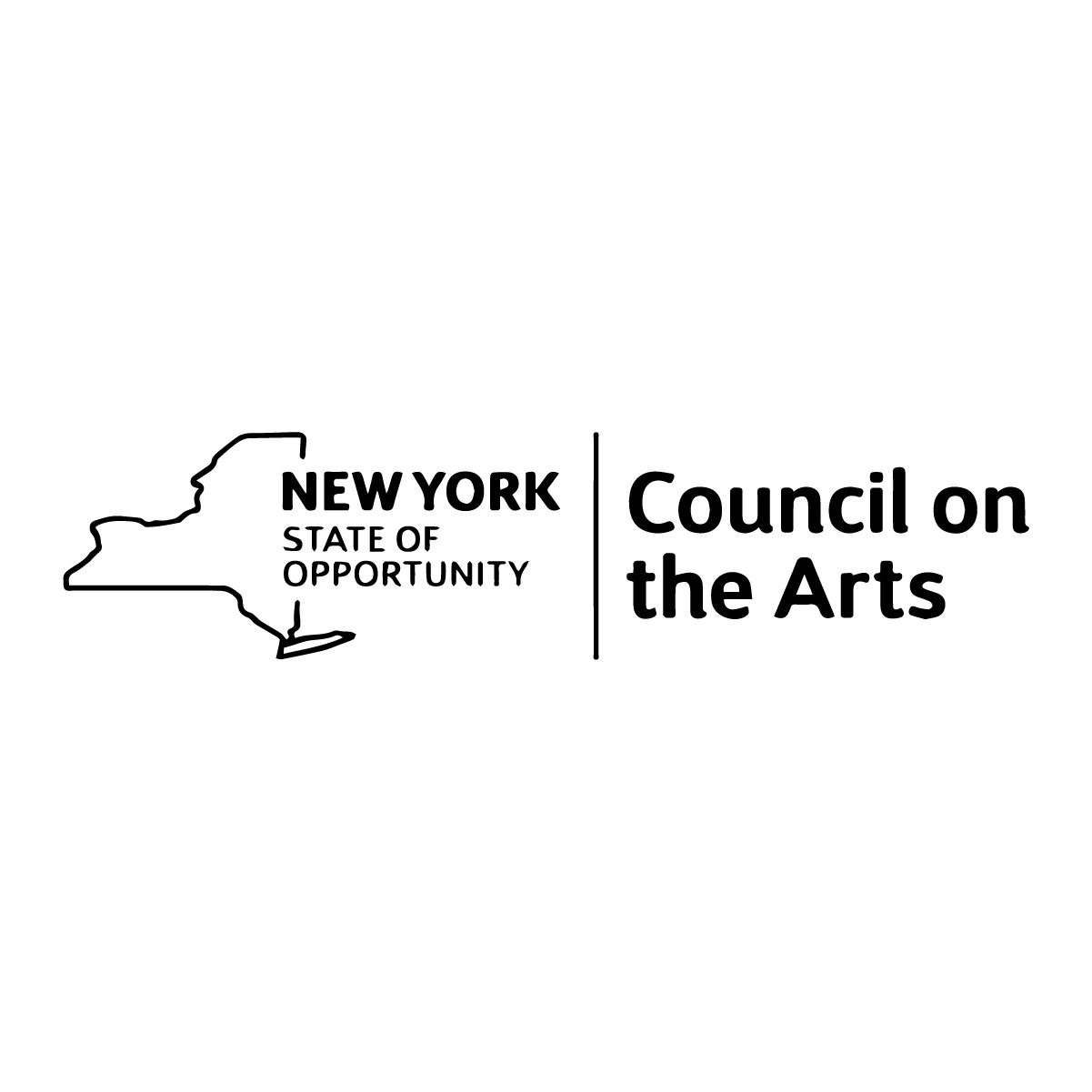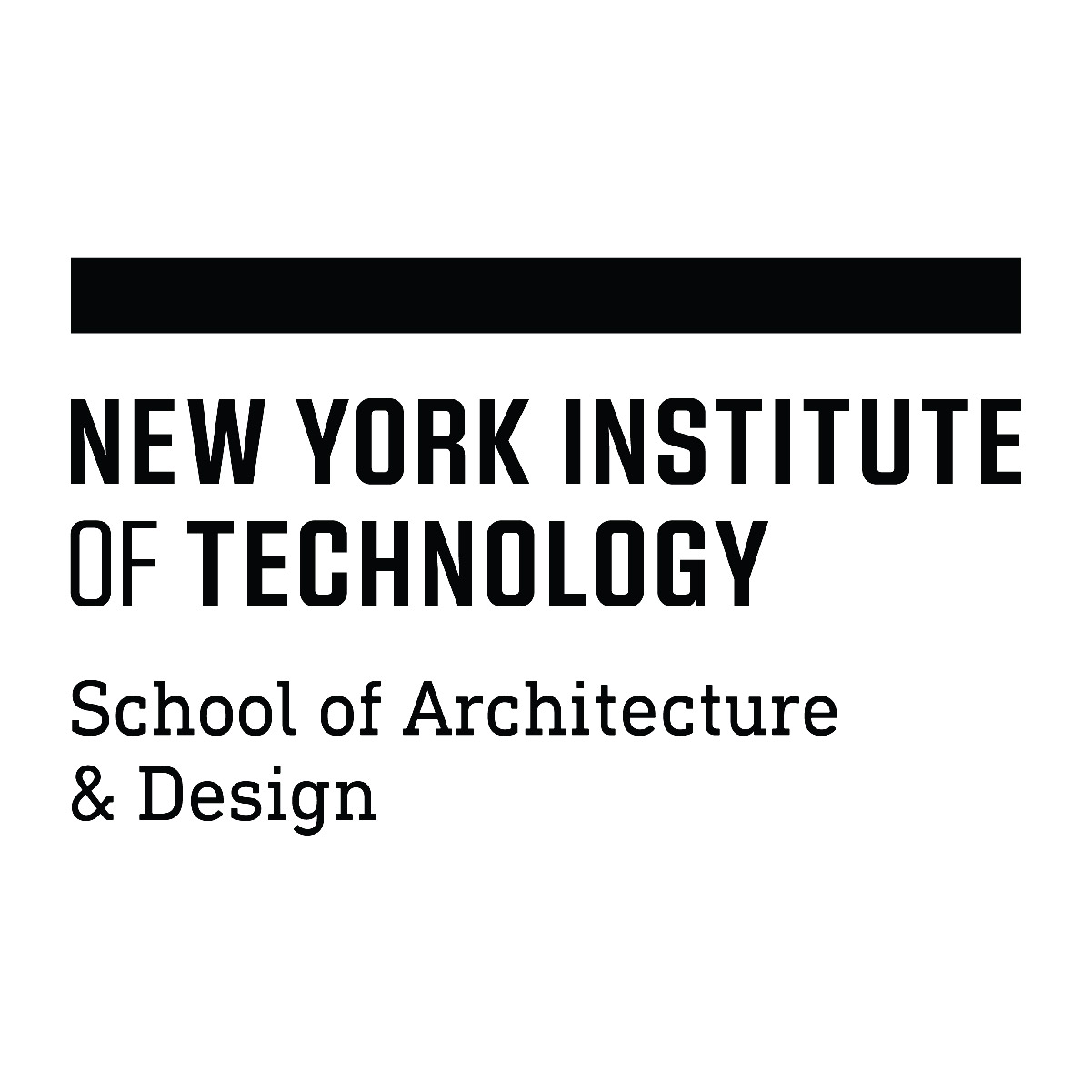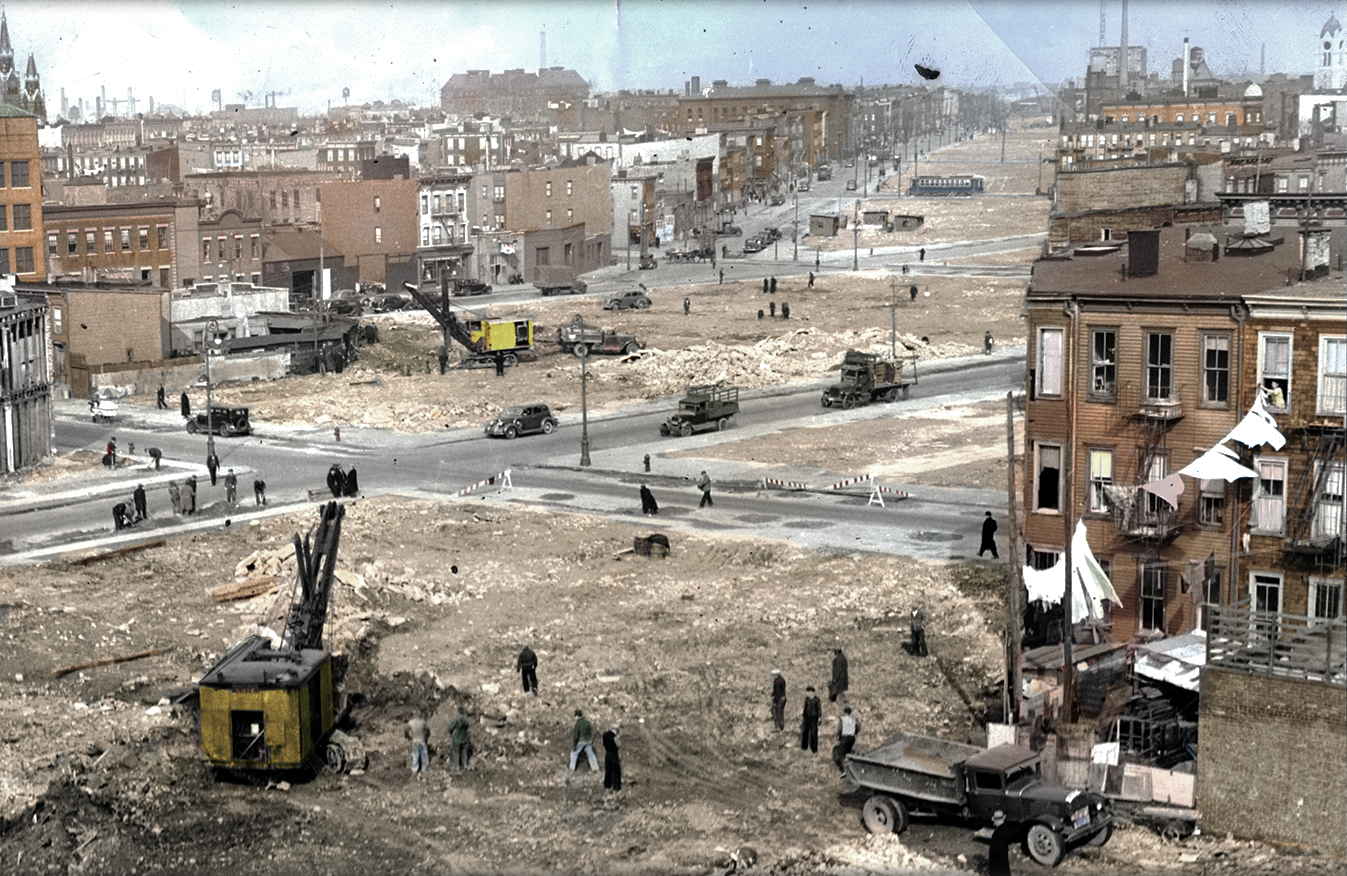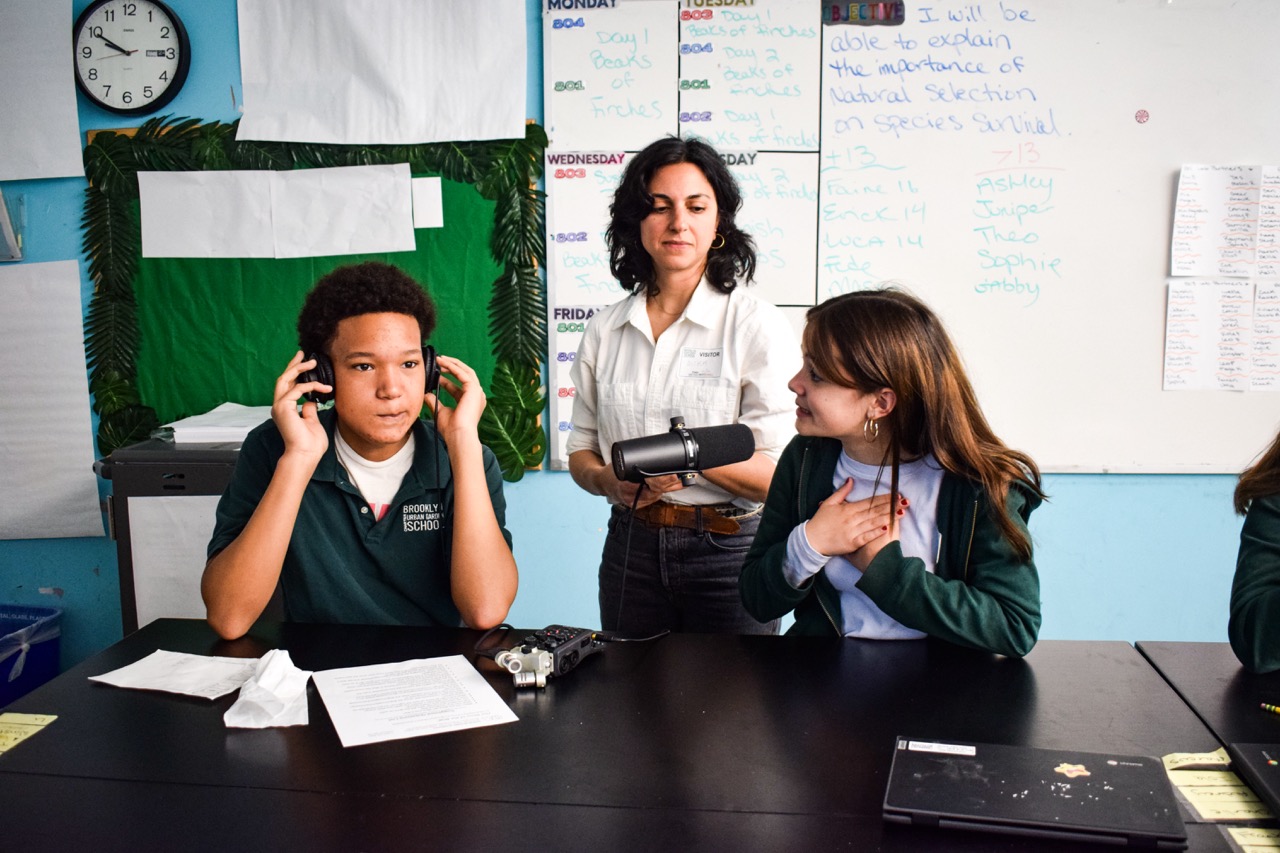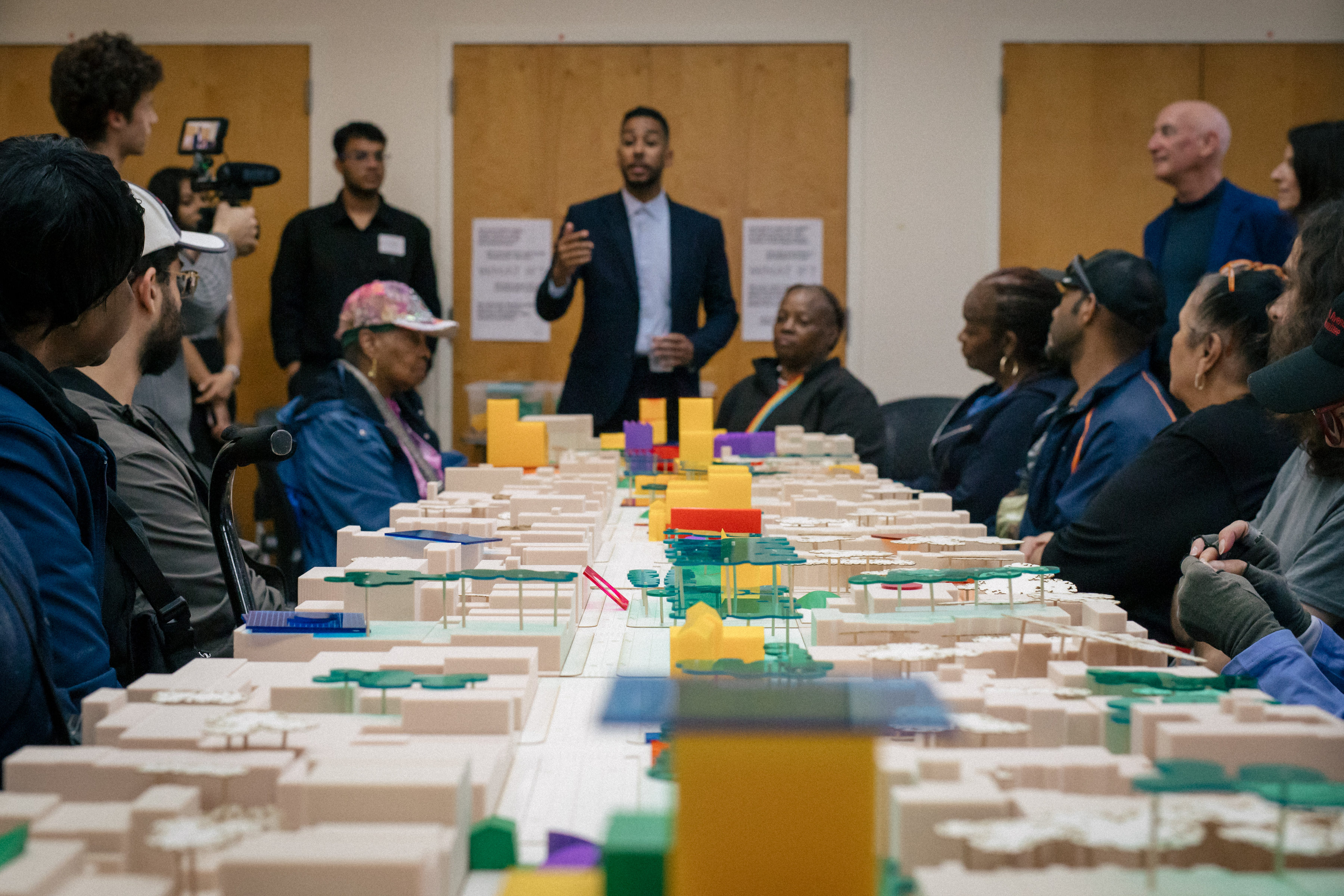
ABOUT MCV
“If the future BQE, with freight moved to rail and water, were to become a tree-lined street rather than a six-lane highway that divides and pollutes neighborhoods, what would communities want to do with this newly available ‘land bank'?”
-Institute for Public Architecture (IPA)
Since 2020, IPA has been highlighting the institutional segregation and environmental impacts created by the highway and helping to raise awareness of the historical exclusion of underserved communities in decision-making about their physical space. Modeling Community Visions for a Future Without the BQE is the crucial next step in reimagining the BQE and giving voice to the community to decide what should take place in the threshold between vibrant existing neighborhoods and a re-imagined highway.
The project is supported by the New York State Council on the Arts with the support of the Office of the Governor and the New York State Legislature; by public funds from the New York City Department of Cultural Affairs in partnership with the City Council; New York Institute of Technology, School of Architecture & Design; and private donations.
Model Fabrication: We are very grateful for the generous participation of New York Institute of Technology, School of Architecture & Design. Special thanks to Dean Maria Perbellini; Associate Dean for Academic Operations Giovanni Santamaria; Director of Digital Technologies & Fabrication Brian Polgar; and Fabrication Lab Coordinator Ana Finkelstein, for their support.
Help Support MCV!
-Institute for Public Architecture (IPA)
Since 2020, IPA has been highlighting the institutional segregation and environmental impacts created by the highway and helping to raise awareness of the historical exclusion of underserved communities in decision-making about their physical space. Modeling Community Visions for a Future Without the BQE is the crucial next step in reimagining the BQE and giving voice to the community to decide what should take place in the threshold between vibrant existing neighborhoods and a re-imagined highway.
The project is supported by the New York State Council on the Arts with the support of the Office of the Governor and the New York State Legislature; by public funds from the New York City Department of Cultural Affairs in partnership with the City Council; New York Institute of Technology, School of Architecture & Design; and private donations.
Model Fabrication: We are very grateful for the generous participation of New York Institute of Technology, School of Architecture & Design. Special thanks to Dean Maria Perbellini; Associate Dean for Academic Operations Giovanni Santamaria; Director of Digital Technologies & Fabrication Brian Polgar; and Fabrication Lab Coordinator Ana Finkelstein, for their support.
Help Support MCV!


